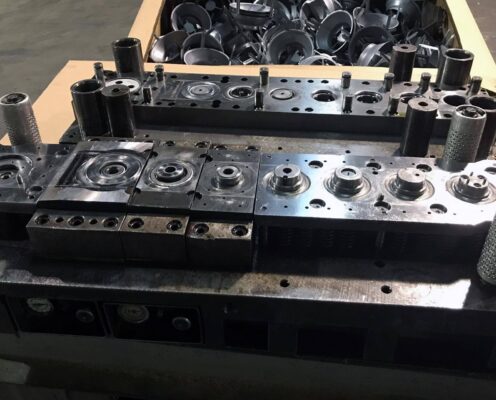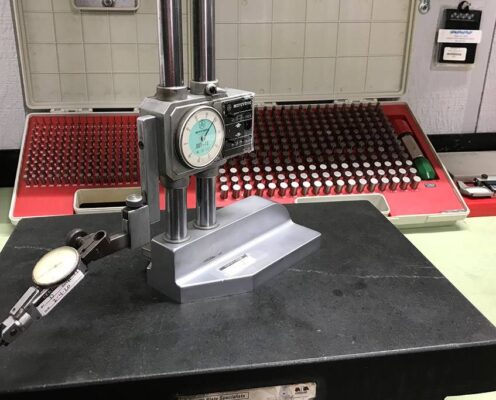A compound stamping press is a specialized machine equipped with a compound die that enables the execution of multiple operations at a single station. Unlike progressive or transfer presses that move material through multiple stages, the compound stamping press completes all necessary actions in one place. This setup reduces handling time, increases precision, and simplifies production.
Compound Stamping Process
The compound stamping process is streamlined to maximize productivity and precision:
- Material Loading: A flat sheet or blank is positioned into the press, ensuring proper alignment for accurate stamping.
- Single Press Stroke: The press activates the compound die, simultaneously cutting, punching, and forming the part in one motion. For example, a washer’s outer shape and inner hole can be created in one step.
- Part Ejection: The finished part is ejected from the press.
This process is particularly effective for high-volume production of flat, precision parts.


